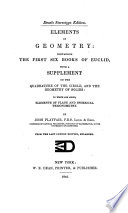 | Euclid, John Playfair - Euclid's Elements - 1846 - 334 pages
...equal to it. COR. Hence every equiangular triangle is also equilateral. PR0B. VII. THEOR. •» Upon the same base, and on the same side of it, there cannot be two triangles, that have their sides which are terminated in one extremity of the base equal to one another, and likewise... | |
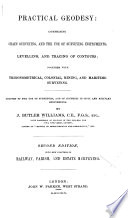 | Sir J. Butler Williams - Geodesy - 1846 - 368 pages
...triangle possesses this property is evident from the theorem, (Euclid, 7, I.) which proves that, "Upon the same base, and on the same side of it, there cannot be two triangles that have their sides which are terminated at one extremity of the base equal to one another, and likewise... | |
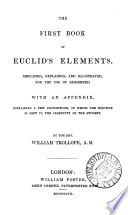 | Euclides - 1847 - 128 pages
...subtraction, AB = AC. Wherefore, if, when two sides of a A &c. — Q, ED PROP. VII. THEOR. GEN. ENUN. — Upon the same base, and on the same side of it, there cannot be two triangles that have their sides, which are terminated in one extremity of the base, equal to one another, and... | |
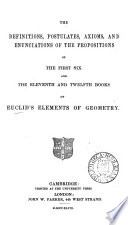 | Euclides - 1848 - 52 pages
...to one another. COR. Hence every equiangular triangle is also equilateral. PROP. VII. THEOREM. Upon the same base, and on the same side of it, there cannot be two triangles that have their sides which are terminated in one extremity of the base, equal to one another, and... | |
 | Euclid, Thomas Tate - 1849 - 120 pages
...two angles, &c. QED COR. Hence every equiangular triangle is also equilateral. PROP. VII. THEOR. Upon the same base, and on the same side of it, there cannot be two triangles that have their sides which are terminated in one extremity of the base equal to one another, and likewise... | |
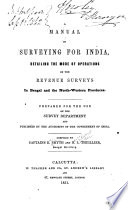 | Sir Henry Edward Landor Thuillier - Surveying - 1851 - 826 pages
...triangle possesses this property is evident from the Theorem (Euclid 7. 1.) which proves that " Upon the same base, and on the same side of it, there cannot be two triangles that have their sides, which are terminated at one extremity of the base, equal to one another, and... | |
 | 582 pages
...per cents, at 97, and what change in income rould be thus effected ? EUCLID. « SECTION I. '• Upon the same base and on the same side of it, there cannot be two "angles, which have their sides which arc terminated in one extremity of the 'ase cqual to one another,... | |
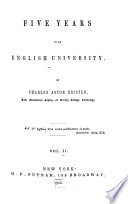 | Charles Astor Bristed - 1852 - 470 pages
...1843. four Hours. (To be answered by those only who send in no answers to the lastj paper.) 1. UPON the same base, and on the same side of it, there cannot be two triangles that have their sides which are terminated in one extremity of the base equal to each other, and likewise... | |
 | Euclides - 1852 - 152 pages
...which the vertex of one triangle is upon a side of the other, needs no demonstration. Therefore, upon the same base, and on the same side of it, there cannot be two triangles that have their sides which are terminated in one extremity of the base equal to one another, and likewise... | |
 | Royal Military Academy, Woolwich - Mathematics - 1853 - 400 pages
...etc. QED COR. Hence every equiangular triangle is also equilateral. i PROPOSITION VII. THEOR. Upon the same base, and on the same side of it, there cannot be two triangles that have their sides which are terminated in one extremity of the base equal to one another, and likewise... | |
| |